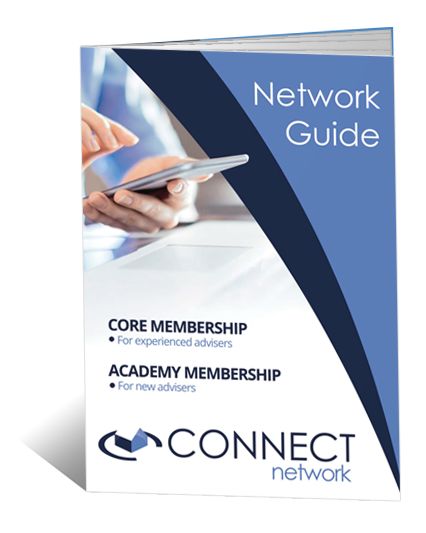A buy-to-let mortgage allows individuals to borrow money to purchase a property intended to be rented out. If you plan to let out a property that you don’t own outright, you will need this type of mortgage. While some deals cater to first-time landlords or accidental landlords, the requirements can be complex. It’s important to understand the basics before exploring available options.
Key Features of Buy-to-Let Mortgages
Lenders consider Buy-to-let mortgages a higher risk, so stricter conditions often apply. For instance, many lenders require borrowers to already own a home, either outright or with an existing mortgage. A strong credit history and manageable debt levels are also crucial. Borrowers must typically demonstrate a minimum annual income of £25,000 or more, excluding rental income. Those earning less may find it difficult to secure approval from many lenders.
Age restrictions also apply. Most lenders set a maximum age limit, usually around 75 years. Some impose lower limits, so it’s vital to check specific requirements. Lenders usually require a minimum deposit of 25%, making the loan-to-value ratio (LTV) 75% or less.
The loan amount is typically based on expected rental income. Rental income should cover at least 125% of the mortgage repayments to qualify. For example, if your monthly mortgage payment is £800, you’ll need at least £1,000 in rental income.
For more advice on building a solid credit score, see our guide on improving your credit score.
How Do Buy-to-Let Mortgages Work?
Most buy-to-let mortgages are interest-only. This means borrowers pay only monthly interest without reducing the loan balance. While this keeps monthly costs lower, the original loan amount must be repaid in full at the end of the term. It is essential to have a plan for repaying this balance, whether through savings, selling the property, or other investments.
Want to compare interest-only and repayment mortgages?
Switching to a Buy-to-Let Mortgage as an Accidental Landlord
Becoming a landlord is not always planned. Many accidental landlords inherit properties or move into rented accommodation but wish to retain ownership of their previous home. You must inform your lender if you plan to rent out a property with an owner-occupier mortgage. Failing to do so could breach your mortgage terms and invalidate the agreement.
Some lenders allow ‘consent to let’ for existing deals, while others may require you to switch to a buy-to-let mortgage. If your current lender doesn’t accommodate your needs, remortgaging with another provider is an option. Be mindful of early repayment charges, which can apply if you leave your current deal prematurely.
Where to Get a Buy-to-Let Mortgage
Buy-to-let mortgages are widely available through major banks and specialist lenders. Consulting a mortgage adviser can help you find the most suitable deal for your circumstances. For further guidance, visit our page on why you should use a mortgage adviser.
Factors Affecting Your Eligibility
Several factors influence a buy-to-let mortgage application, including:
- Rental Yield: Expected rental income must cover repayments and provide any desired profit.
- Age: Age limits may restrict eligibility.
- Credit History: A strong credit record is essential, with evidence of reliable repayment behaviour.
- Income: Many lenders require a minimum annual salary.
- Existing Commitments: Current financial obligations, including other mortgages, are considered.
Risks to Consider
Buy-to-let mortgages come with specific risks. Larger deposits are required, and fees and interest rates tend to be higher than standard mortgages. Additionally, landlords must pay 3% extra stamp duty for properties that aren’t their primary residence. Similar surcharges apply in Scotland and Wales under Land and Buildings Transaction Tax (LBTT) and Land Transaction Tax (LTT).
Income tax is payable on rental earnings, and capital gains tax applies if the property is sold at a profit. Property values can also fluctuate, potentially resulting in negative equity. Landlord and buildings insurance is necessary to cover damage, adding to costs.
For more details on tax obligations, see the UK Government’s guide on rental income taxation.
Regulated Buy-to-Let Mortgages
Regulated or consumer buy-to-let mortgages are designed for landlords renting out properties not initially bought as investments. These scenarios often arise when owners move out of a home they previously lived in or inherit a property. However, these mortgages are unavailable to those already owning buy-to-let properties.
Buy-to-let mortgages can be an excellent option for earning rental income or retaining properties as investments. However, they come with unique challenges and obligations. Understanding the requirements, risks, and long-term commitments is crucial. Consulting experts and reviewing options carefully can ensure you make an informed decision.
Thank you for reading our publication “What is a Buy-to-Let Mortgage? | Connect Mortgages Explains!” Stay “Connect“-ed for more updates soon!




